The NSW Battery Subsidy is Now Available: Book Now & Save!
The NSW Battery Subsidy is Now Available: Book Now & Save!
Posted 4 Sep
 Photo:
Sundrive Solar
Photo:
Sundrive Solar
Australian start-up Sundrive has once again amazed the world, as they recently announce another solar efficiency record. A newly
developed style of a silicon hetero junction solar cell (full size), which consists of a copper base, has achieved 26.41% efficiency,
compared to the standard silver-based cell which sits around the 15-22% range, and the Chinese company ‘Longi’ record of their
silver based cells at 26.30%.
This new technology is groundbreaking as copper is much more common than silver meaning that the costs of panels will be
greatly reduced, and material demand will be lowered as the solar market grows. “All of the worlds industrial silver
consumption just goes into making solar cells with most predictions estimating that before the end of this decade, the solar
manufacturing is going to grow at least 5 times. This obviously represents a massive challenge.”
“Copper is around 100 times cheaper per kilogram and around 1,000 times more abundant than silver. And aside from the abundancy and cost benefits of copper, we have found we can improve the efficiency above and beyond what is attainable with silver.”
Not only are they using an alternative material to cut costs, but this means that they can use less silicon as it allows for a more concentrated smaller surface area, whilst still being able to achieve the increased efficiency. This is great news for scalability as panels will be more and more common, matching the worlds energy needs.
 Photo:
Sundrive Solar
Photo:
Sundrive Solar
Vince Allen, CEO of Sundrive said “There is a misconception solar is solved. Today’s solar technology is at its efficiency and material limits, yet we are only 1% of the way there in creating a solar electric world”.
Here is a video from the company going more into detail:

The journey of bidirectional charging in Australia has hit a milestone with the recent approval of the new standard for vehicle-to-grid (V2G) charging for 2025.

Explore battery eligibility & pricing for the upcoming Peak Demand Reduction Scheme (PDRS), solar battery 'rebate' incentive for NSW in November 1, 2024.
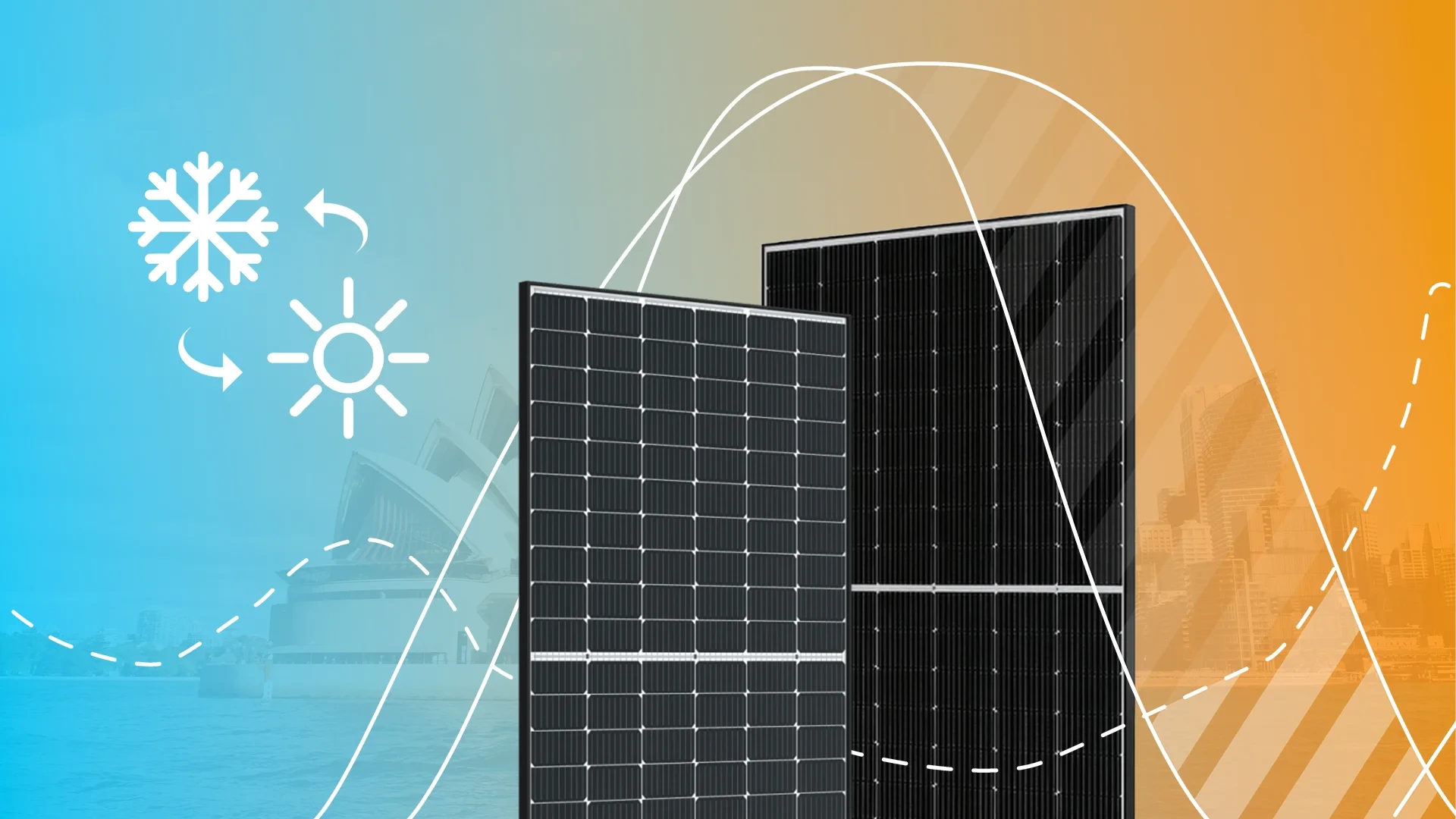
Explore how daylight savings and seasonal changes during winter and summer can affect your solar panels performance and solar generation in NSW, Australia.

Deciding whether to get off-grid solar and battery? Explore the benefits of complete off-grid electricity, and if getting an off the grid energy system is right for you.

Everyone has seen a solar installation a normal roof like tin or tiled roofs, but have you ever seen a solar installation a roof made of Brass? Well we did one...

With the release of the new Clean Energy Council (CEC) H1 2024 report on solar and battery storage, it gives an idea of the upward path of Australia’s renewable energy adoption.

Amber & ARENA have started trials for Vehicle-to-grid technology in NSW, Australia to help develop standards and framework in V2G and Bidirectional charging.

Are you maximising your solar energy production? Explore ways to improve self-consumption, and accelerate returns and benefits in NSW with solar tariffs.
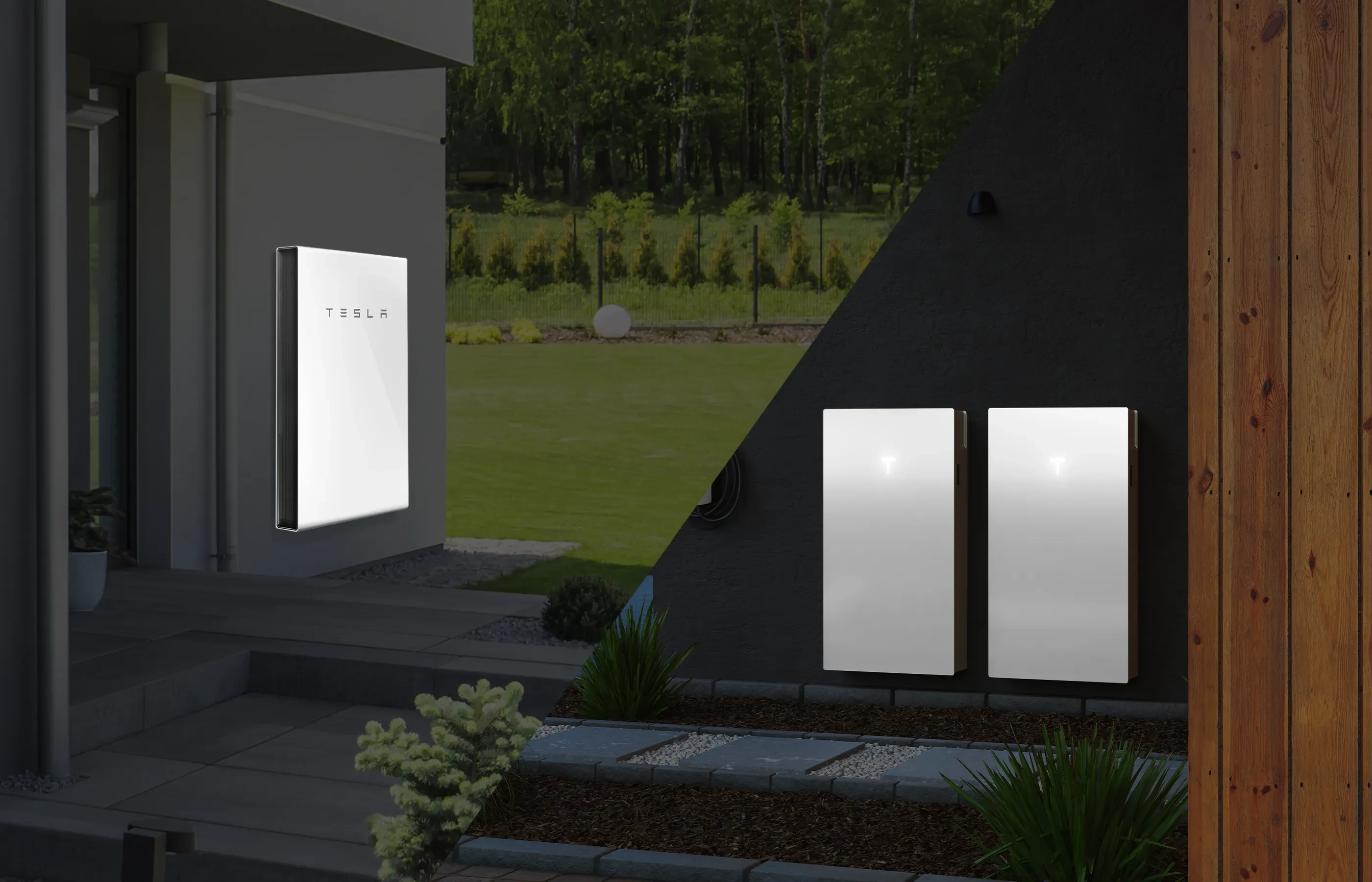
What's the difference between Tesla Powerwall 2 and 3? Lets compare specifications, release dates, features, and compatibility between Powerwalls in Australia.

The new Fire & Rescue battery report shows us 2024 home battery fire statistics in NSW, Australia. Are solar batteries safe or are they a fire risk? Let's find out.

Investing in your solar system has many opportunities, but should you replace your panels, upgrade with more solar, or add battery storage to your home?

Though bidirectional charging isn't available, vehicle-to-grid is already turning heads in Australia with its potential to change energy consumption and distribution.
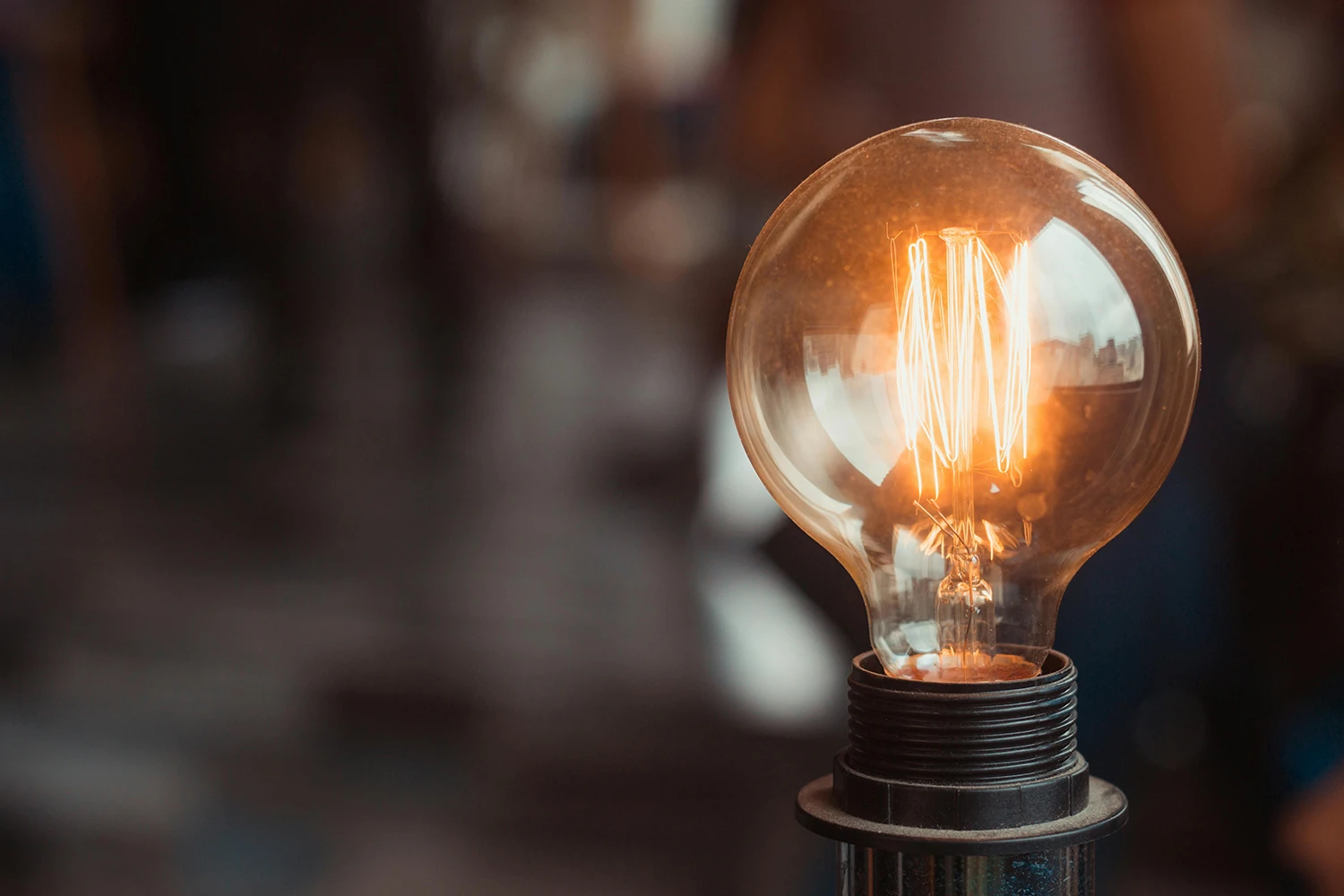
Discover the difference between power and energy in electricity and how solar and batteries are measured differently for homes and properties across Australia.
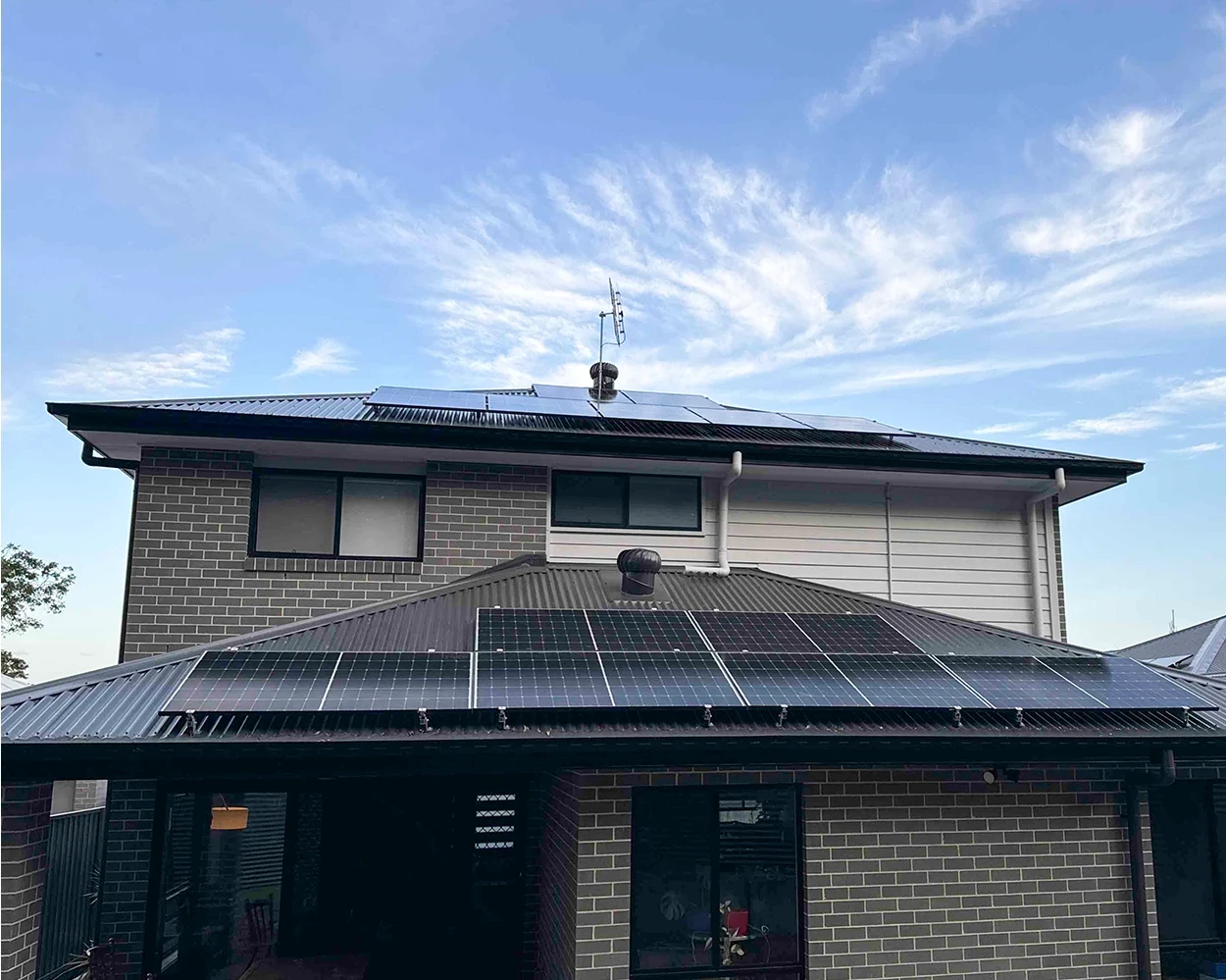
With the uptake of solar and battery systems, Microgrids, Virtual Power Plants, and Distributed energy resources are becoming more apparent. What are they?
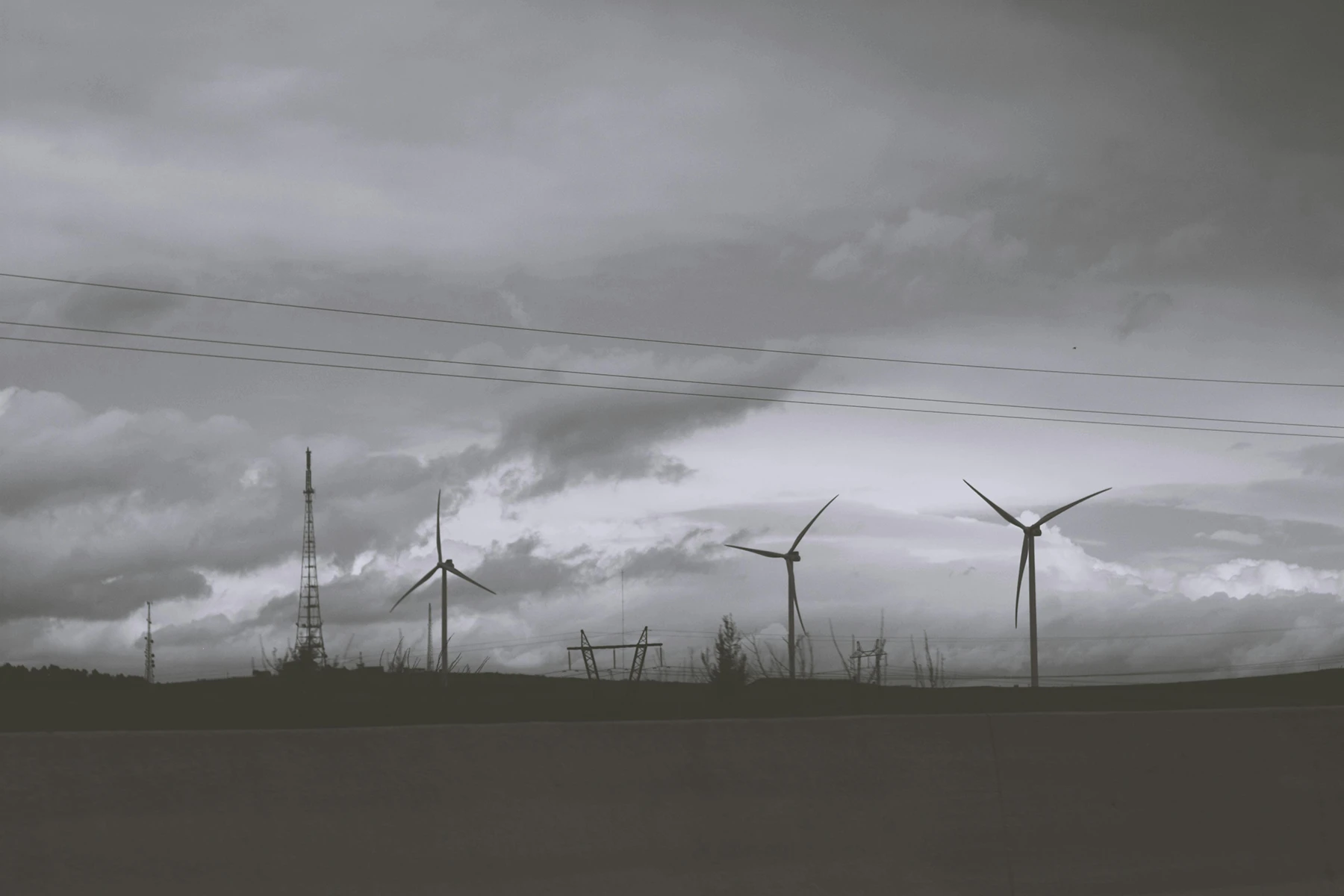
To put simply, whilst both are a current of electricity, DC (direct current) only flows in one direction, whilst AC (alternating current) flows both directions.
![How Australia Reached 40% Renewables⚡[Q4 2023 Statistics]](/media/website_posts/74/Sydney.webp)
In the new 2024 CEC report, they found that renewable contribution in the overall supply of energy in Australia, produced 40% of Australia’s total electrical supply.
![Energy Bill Still High Even With Solar?⚡Here's Why.. [2024]](/media/website_posts/73/Solar-panel-home-installation.webp)
Solar owners may be receiving higher energy bills than expected. Why is my bill still high after solar installation? Why are my solar panels not reducing my bill?
Leave a Comment